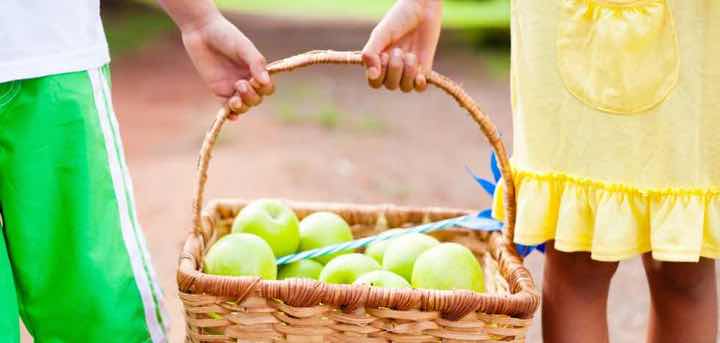Featured
Posted by Kathy Brodie on July 21, 2017.
Kathy Brodie on July 21, 2017.

I had the great pleasure of attending the second Men in The Early Years (MiTEY) Conference in Bradford this week.
There were so many great people – the first two people I met when I arrived were the amazing dynamo who is Nathan Archer and the man who started the Men in The Early Years Conference last year in Southampton, David Wright (aka Mr Paint Pots), a brilliant start to the day! And the content of the day turned out to be just as impressive.
Dr Jo Warin, along with Yuwei Xu, spoke about the gender flexible Early Years practitioner. In this fascinating keynote, Dr Warin talked about a number of interesting facets of being a man in a female dominated environment but the one area that grabbed my attention was the discussion about our understanding of ‘gender’.
Featured
Posted by Kathy Brodie on May 24, 2017.
Kathy Brodie on May 24, 2017.

Today is ‘National Simultaneous Storytime 2017′ in Australia, where all over the country children will be reading The Cow Tripped Over the Moon, written by Tony Wilson and illustrated by Laura Wood.
Linked with the fact that May is National Share a Story month which has the theme of ‘Picture a Story’ all about the illustrations, it seemed too good an opportunity to share all your favourite picture book ideas with everyone.
I had lots of great suggestions and you won’t be surprised to hear that the Gruffalo was strongly recommended by many, including Sharon Wood who was the first person to nominate this great book, illustrated by Axel Scheffler.
Pamela Davenport chose another classic: We are Going On a Bear Hunt. She says “The book and wonderful illustrations by Helen Oxenbury captured my children’s imagination, making up different endings to the story. Going on walks and exploring nature and the environment, my children loved to explore the swishing swashing grass, squelching mud and a variety of other senses associated with the story”.
Featured
Posted by Kathy Brodie on May 5, 2017.
Kathy Brodie on May 5, 2017.

The month of May is National Share a Story month. For 2017 the theme is ‘Picture a Story’, encouraging children to look at illustrations and pictures in books. This is part of the Federation of Children’s Book Groups (FCBG) aim of bringing children and stories together.
It reminded me of a visit that I had to an art gallery with Early Arts many years ago. We were asked to look at the pictures hanging on the wall, and then to look at them through a kitchen roll tube. It was amazing how the pictures looked different when you viewed them in this way – picking out the details – even if the detail was a patch of colour or a seemingly insignificant piece of background, it suddenly came alive.
Of course, this is a technique that great authors have been using for many years, from the Ahlberg’s ‘Peepo!’ book to Nick Sharratt’s ‘Shark in the Park’. Another Ahlberg book where the illustrations are as much of the story as the text is ‘Each Peach Pear Plum’ (and I used to know this off by heart when my children were small!). These delightful illustrations encourage both careful observation and also an understanding of the nursery rhymes and stories, making it a great book to start discussions about different stories.
One of my absolute all time favourite writer/illustrators – and I have to confess I have many favourites
Featured
Posted by Kathy Brodie on November 6, 2016.
Kathy Brodie on November 6, 2016.

I’ve been doing research this week on mathematical development in the Early Years, which has produced three very interesting revelations for me and how I’ve always perceived mathematical development.
First of all, let me say that I was a little sad when the EYFS moved away from ‘Problem Solving, reasoning and numeracy (PSRN)’ back to ‘mathematical development’ as a descriptor for this area of learning and development. PSRN really explained that this area is not just about numbers, but how we use maths, its benefits and how children learn about maths.
Let me give you an example. Probability is the mathematical term of how likely something will occur. If you have 10 balls, nine yellow and one pink, and you randomly choose a ball it is more likely (more probable) to be yellow than pink. As adults, this is fairly intuitive – obvious even.
However – it turns out that babies as young as six months old show surprise when there is an improbable colour ball drawn out – i.e. if you drew out the only pink ball in the box in the example here (Denison et al., 2013).
The inference is that babies start to reason mathematically about their world at around six months old – they are logical.
Featured
Posted by Kathy Brodie on July 17, 2016.
Kathy Brodie on July 17, 2016.

The Stockport Early Years Network had the great pleasure of visiting the ‘Wacky Woods’ near Bollington in Cheshire last week, with Alex. This is part the Schola Foris curriculum – ‘a fun, challenging but safe outdoor environment where creative play and learning can take place naturally’.
We went ostensibly to find out about the way that being in a forest environment can enhance, encourage, stretch, challenge, reinforce, invigorate children’s learning.
I went because I love the forest and Alex does a great cup of coffee (with water boiled over the camp fire in a blackened kettle).
It has been raining hard here, so the first thing we experienced was walking through the mud puddles, squelching and squealing as the mud pulled at our boots. And the delight as we spotted tiny boot prints from the children who had visited that afternoon (or was it tiny forest folk?).
Gathered around the fire, watching the water boil, we started to talk about risky play and how to explain to practitioners and parents that climbing trees has many benefits. In fact, Alex suggested that your risk analysis should start off with the benefits, which I thought was an excellent idea.
Featured
Posted by Kathy Brodie on June 2, 2016.
Kathy Brodie on June 2, 2016.

For some reason in the last few weeks I have either been doing lots of work with, or talking to, practitioners working in ‘packaway’ settings. These are settings that have to be packed into boxes and cupboards at the end of each day or each session, usually so the room or space can be used by someone else.
Although some of these are small settings, such as pre-schools, some are much larger, consisting of several rooms and outdoor areas. This can turn ‘tidy-up’ time from a quick check for any lego left out or toys in the garden into a huge logistical job where everyone needs to know their role inside out.
However, I do think that there are some great benefits that only those who DON’T have to heave boxes in and out every day can appreciate.
Featured
Posted by Kathy Brodie on May 27, 2016.
Kathy Brodie on May 27, 2016.
 I was very excited to hear that Michael Jones (well-known for his prowess in the speech and language world, via his blog Talk4Meaning) had a new book out about mark making and early writing – called On Your Marks!
I was very excited to hear that Michael Jones (well-known for his prowess in the speech and language world, via his blog Talk4Meaning) had a new book out about mark making and early writing – called On Your Marks!
This is a very different book to his other writing, as it is an activity filled, practical ideas based book. The first notable feature is that each page (the ‘ideas’) are all photocopiable, which is made easier as the book is spiral bound, with a landscape layout. Next you will notice how the chapters are organised in a very logical fashion – even starting with the types of paper you may use – moving onto big movements, fine motor skills and ‘handedness’.
Much is made of mark making as a process rather than product, so there is plenty of advice about taking photos during the activities, as well as displaying the final product.
Some of the less common good ideas are discussed too, such as how moving to music improves gross motor skills (essential for producing body movements for writing later on) and how the way we visually scan a page depends on cultural writing norms, affecting the way that we teach children. (more…)
Featured
Posted by Kathy Brodie on January 31, 2016.
Kathy Brodie on January 31, 2016.

It was my great pleasure to attend the Cheshire East Early Years Teacher Network meeting this week. We were welcomed into the New Life Nursery in Congleton to find out all about their Story Café.
Now, I’ve read about story cafés. They are an excellent parent partnership idea, where parents can come along with their children to share a story, in a relaxed, café style environment. Practitioners can support parent’s story telling, give ideas for sharing books at home and share knowledge about language development. Parents can get an insight into nursery life and spend time with their children, other parents and practitioners in an informal way.
There are a mountain of obvious benefits for parents, practitioners, children and the relationships between all of them. However, I had always thought that it sounded difficult to organise and resource, so I was really looking forward to finding out how it was achieved so successfully in Congleton. (more…)
Featured
Posted by Kathy Brodie on January 23, 2016.
Kathy Brodie on January 23, 2016.
 Keeping up to date with changes in legislation, practice and pedagogy can be a real headache, especially when there is so much information on the internet. I find that subscribing to some key sites (for free) helps to keep me in the know and ensures my practice is current.
Keeping up to date with changes in legislation, practice and pedagogy can be a real headache, especially when there is so much information on the internet. I find that subscribing to some key sites (for free) helps to keep me in the know and ensures my practice is current.
Here I’ve listed some of my ‘go-to’ sites, which make getting information much easier and faster. Some of them you can decide how often you’d like emails, so you may only want them once a month or you can choose more often:
- CASPAR NSPCC updates This is an ‘awareness service for practice, policy and research’ with weekly emails. These are particularly good for the latest safeguarding and child protection news, from all parts of the UK. It also includes news for older children, children in care and social services updates
(more…)
Featured
Posted by Kathy Brodie on November 27, 2015.
Kathy Brodie on November 27, 2015.

Schematic play is fascinating to watch and can be a very informative way of analysing children’s thinking.
I have written previously about the mixed feelings some practitioners have about schemas – find the blog post here – but schematic play is now identified in the EYFS and can be a powerful learning process for young children. For this reason, I’m going to focus on one very typical type of schematic play – Transporting.
Let’s start a the beginning though. Athey (2007) defines schema as ‘patterns of behaviour and thinking in children that exist underneath the surface feature of various contents, contexts and specific experience’ (page 5).
So when you are looking out for a particular schema, you must observe children’s behaviour and see if that behaviour is repeated in many different areas of play, such as drawings, physical activities, 3D modelling, role play and sand play.
Using the Transporting schema as an example, do you see the children: (more…)



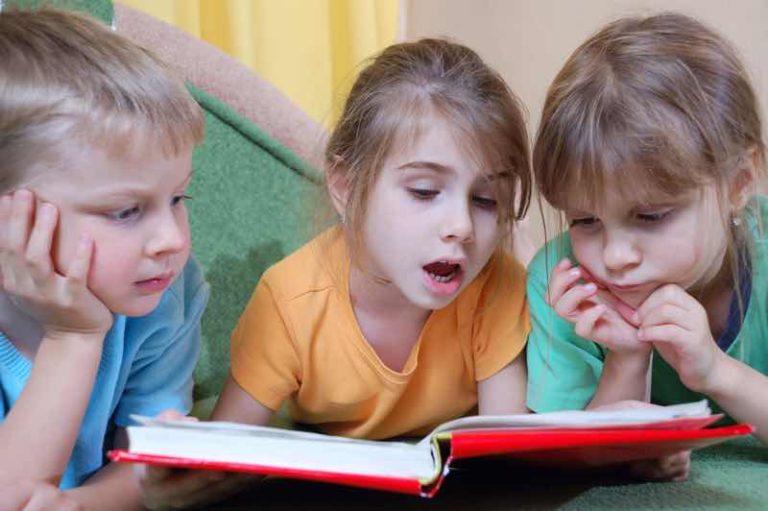


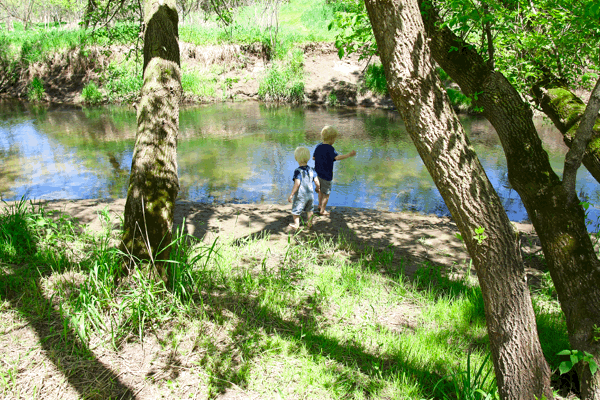
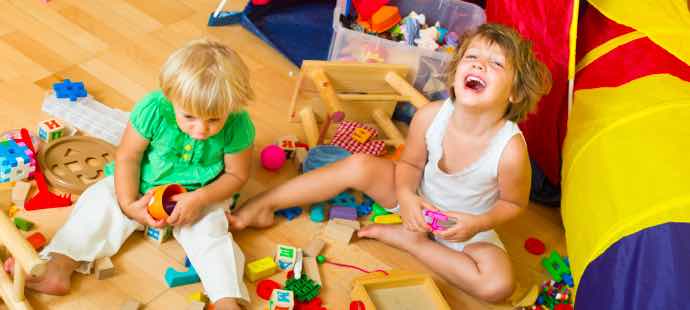
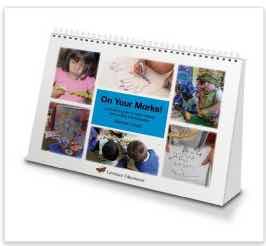 I was very excited to hear that Michael Jones (well-known for his prowess in the speech and language world, via his blog Talk4Meaning) had a new book out about mark making and early writing – called On Your Marks!
I was very excited to hear that Michael Jones (well-known for his prowess in the speech and language world, via his blog Talk4Meaning) had a new book out about mark making and early writing – called On Your Marks!
 Keeping up to date with changes in legislation, practice and pedagogy can be a real headache, especially when there is so much information on the internet. I find that subscribing to some key sites (for free) helps to keep me in the know and ensures my practice is current.
Keeping up to date with changes in legislation, practice and pedagogy can be a real headache, especially when there is so much information on the internet. I find that subscribing to some key sites (for free) helps to keep me in the know and ensures my practice is current.